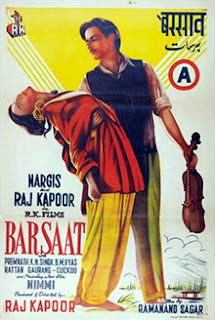Shoeshine [1946] : Vittorio De Sica

After watching Vittorio De Sica’s Shoeshine [1946], it is evident why the Indian subcontinent was so much moved and influenced by Italian neorealism. I think the rationale of being realistic in Indian cinema was more impactful than Italian neorealism. Because India had one additional ground to illustrate her cinema in neorealist mold. It is its independence and great partition which occurred concurrently while the west was suffering from Second World War devastation. Apart from cinematic techniques, art direction, costumes, and narrative subjects; neoliberalism made paramedic change into acting styles. The acting had been transcended from theatrical to natural. The spontaneous presence of child artists with ever presence of class division in the power structure and distributed justice in the human conditions are the main concerns. Surprisingly, K.A. Abbas’s Dharti Ke Lal [1946, Chetan Anand’s Neecha Nagar [1946] was also made and released in India in the same year. This tra...








.jpeg)
.jpeg)


